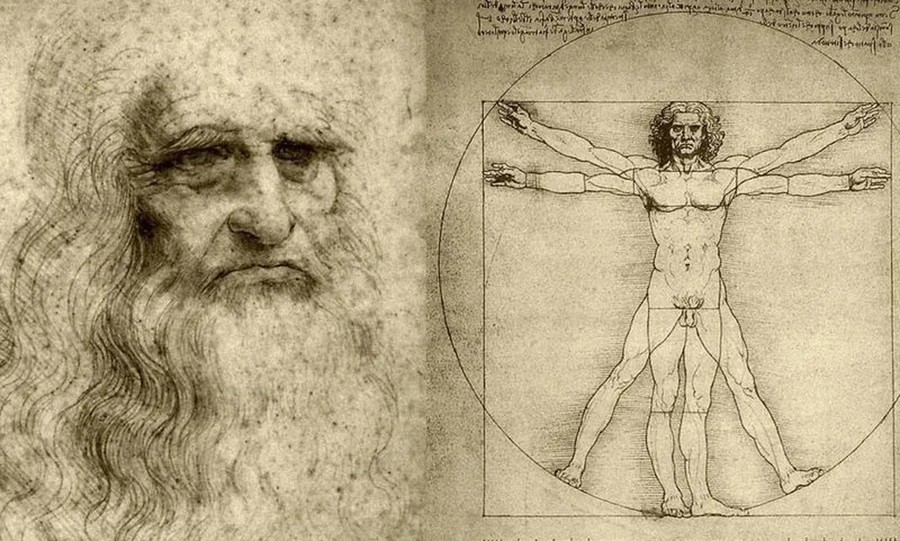A recently identified parasitic wasp that buzzed and flew among dinosaurs 99 million years ago developed a bizarre mechanism to trap other creatures and force them to host its larvae, according to new research.
Paleontologists studied 16 samples of the tiny wasp, preserved in amber dating back to the Cretaceous period, which were previously excavated in Myanmar.
The unknown species, named Sirenobethylus charybdis, had a structure resembling a "Venus trap" in its abdomen, which likely allowed it to capture other insects, the researchers reported Thursday in the journal BMC Biology.
"When I first looked at the sample, I noticed this extension at the end of the abdomen and thought it must be an air bubble. We often see air bubbles around specimens in amber," said study co-author Lars Vilhelmsen, a wasp specialist and curator at the Natural History Museum of Denmark in Copenhagen.
"But then I looked at other samples, and then I went back to the first one. That was part of the animal."
Vilhelmsen and his collaborators from Capital Normal University in Beijing discovered that the structure was movable because it was preserved in different positions across various samples.
"Sometimes the wing is open, and sometimes it's closed," Vilhelmsen explained. "It was clearly a movable structure, and something that was used to capture something."
The closest comparison found in nature today is the Venus flytrap, a carnivorous plant with leaves that close when prey flies inside, according to the new study.
"There’s no way to know how an insect that died 100 million years ago lived," Vilhelmsen said.
"And there really wasn’t any analogy within insects. We had to look outside the animal kingdom to the plant kingdom to find something remotely similar."
However, the researchers believe that the wasp likely didn’t intend to kill with its strange structure.








